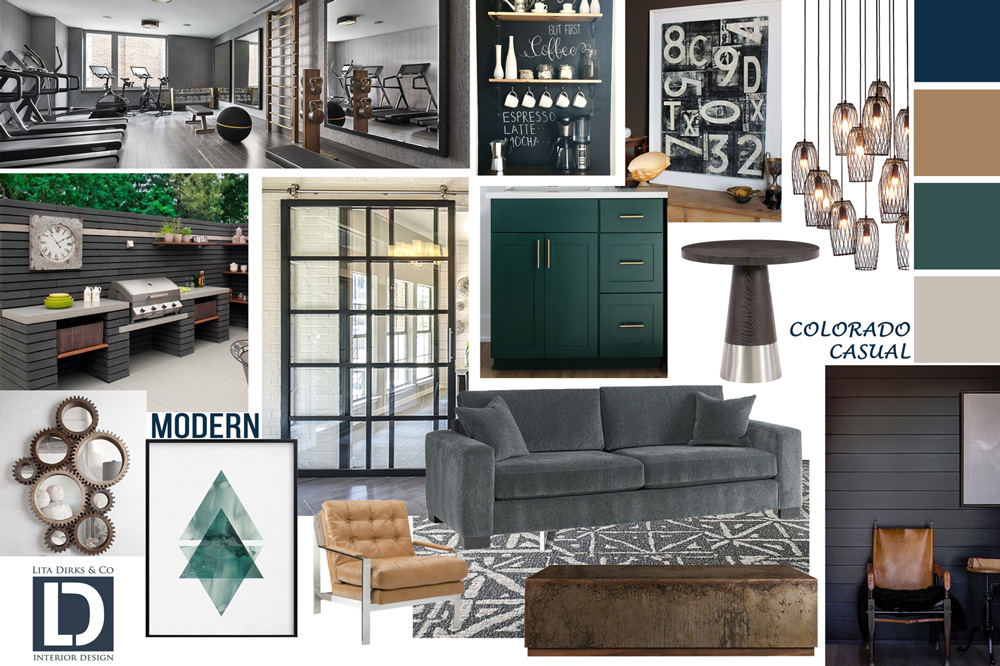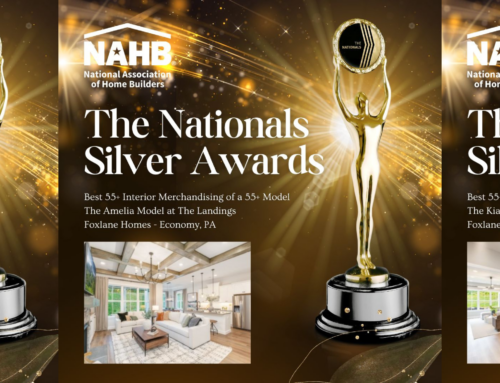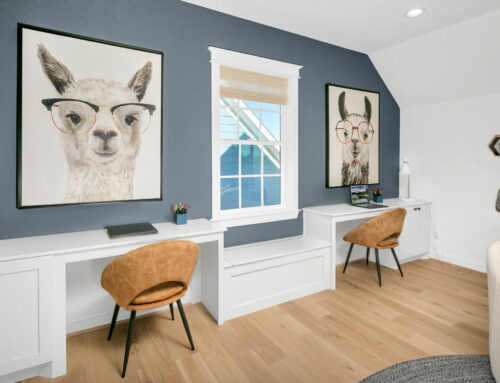Speaking Interior Design
Sure, you probably know terms like drapery and sconce, but what about arabesque or jute? There are a multitude of interior design terms that professionals use on a regular basis. And, if you are a builder, architect, or in any way involved in the building industry and work with interior design professionals, you should be familiar with the terms and concepts used. Below are some common interior design terms that are bandied about. Once you learn these you can feel more confident speaking the language. This knowledge can help improve the success of any housing-related collaboration.
(Oh, and by the way, jute is a plant used in natural fiber flooring. And, arabesque is an ornamental design consisting of intertwined flowing lines.)
Design Concept Terminology
Common design concepts and phrases include:
Contrast. To avoid designs appearing flat and uninteresting we create contrast by using opposite textures, light and dark colors, solids and patterns, etc.
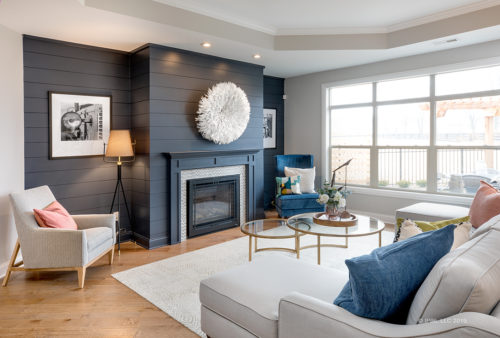
Showing contrast design in an Epcon Communities model home.
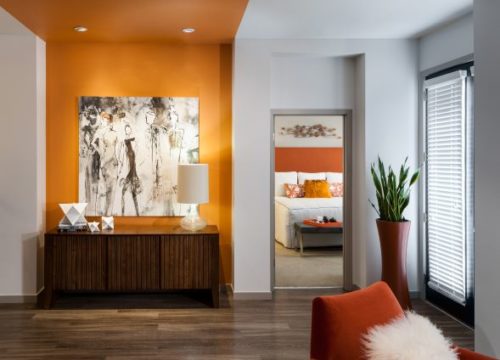
Contrasting paint colors in a Kent Place multifamily model.
Layered. The art of adding design elements to create a cohesive room decor is called layering. Each level of the design, such as flooring, window treatments, furniture, and accessories, adds another layer to the overall design strategy.
Open concept. This phrase is used to describe an unencumbered floor plan where multiple activities can take place. For example, having the kitchen, dining, and living spaces all flowing into (and out of) each other.
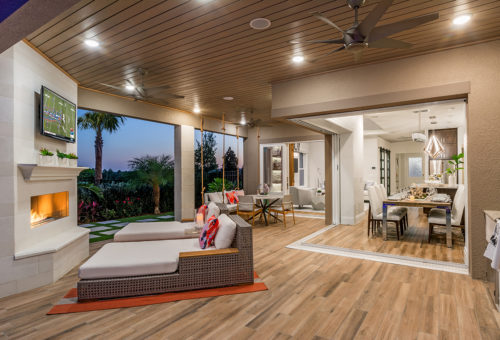
Open floor plan in full display in Taylor Morrison NEXTadventure home.
Textured. A room or object that has a tactile and/or visual appeal is often referred to as textured. This term can be used to describe the different fabrics, colors, and/or patterns.
Furnishings Lingo
Interior designers use a variety of terms to describe certain types of furniture and furniture styles such as:
Case goods. This phrase refers to any furniture that isn’t upholstered.
Cabriole leg. This classic double curved wooden leg is used mostly for chairs and tables. The top curve is convex and bows out, while the second lower curve bows and tapers inward to a rounded wooden pad.
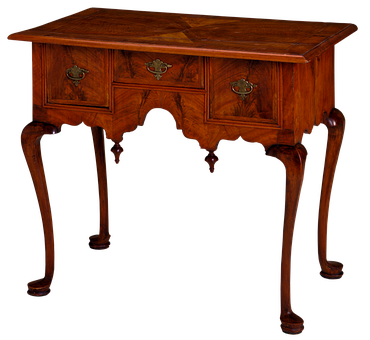
Wainscoting. The term wainscoting describes materials (usually panels) applied underneath a chair rail. It typically covers the bottom third of a wall.
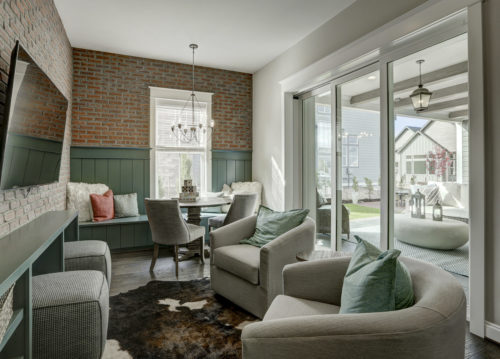
Wainscoting and contrasting materials in this Parkwood Homes model.
Design and Professional Acronyms
Professional interior designers use a number of acronyms including:
AFF. The term Above Finished Floor (AFF) is used by the building industry to signify things like electrical outlets or to reference the height needed for a light fixture.
COM. Customer’s Own Material (COM) is a phrase used to communicate that a client wishes to select a different fabric than what the manufacturer provides or is ordering custom-made furniture.
KD. The phrase knock down (KD) refers to any furniture purchased that must be assembled.
MIRM. To obtain the Master in Residential Marketing (MIRM) designation, one must go through a rigorous certification process.
IIDA. The International Interior Design Association or IIDA, is a membership organization for design professionals. To join, one must first be NCIDQ-certified.
NCIDQ. The NCIDQ stands for the National Council for Interior Design Qualification. This exam was developed and is administered by the CIDQ: Council of Interior Design Qualification. The NCIDQ is comprised of two multiple-choice exams, the Interior Design Fundamentals Exam (IDFX) and the Interior Design Professional Exam (IDPX), as well as a hand-drafted Practicum Exam. Each of the exams focus on the following seven content areas, as developed by the CIDQ:
- Building Systems
- Codes
- Construction Standards
- Contract Administration
- Design Application
- Professional Practice
- Project Coordination
It’s kind of a big deal.
Interior Design 201 Coming Soon…
Almost all industries have their own special language. Interior design is no exception. Fortunately, by knowing just a few interior design/merchandising-specific terms you will have a greater understanding for the processes interior designers and merchandisers go through to create great designs. Ultimately, this understanding will lead to increased confidence on all parties involved. We will continue to update this list and expand your knowledge. So be sure to visit our blog often.
To speak interior design with us and learn how we can create an effective design for your next model home, amenity space, or design center please contact us today. And, be sure to follow us on Instagram to see some of our work in action.

